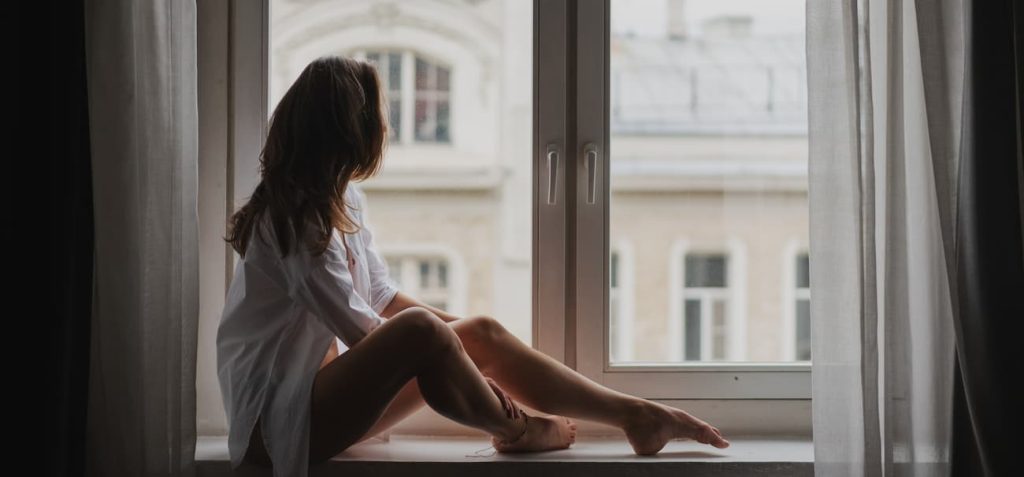In a world where perfection is often heralded as the ultimate goal, the true beauty often lies in the acceptance and appreciation of imperfection. This is especially poignant in our personal lives and relationships, where the quest for flawlessness can overshadow the value of authenticity and vulnerability. Embracing imperfection is not just about tolerating flaws; it’s about recognizing the unique character and depth they bring to our lives.
The Flaws that Weave Our Story
Our imperfections are not just blemishes to be hidden or corrected; they are integral parts of our story. Canberra escorts can tell you that they shape our identity, build our resilience, and add complexity to our character.
- Individuality and Character: Imperfections contribute to the unique mosaic of our personality. Each scar, laugh line, and idiosyncrasy is a testament to our experiences and the life we have lived.
- Resilience and Strength: The struggles we face and the imperfections we overcome are sources of strength. They teach us resilience and show us our capacity to adapt and thrive in the face of adversity.
- Authentic Relationships: In relationships, revealing our imperfections can lead to deeper connections. Vulnerability acts as a bridge, encouraging trust and intimacy between individuals.
By recognizing that our flaws are part of the rich tapestry of our existence, we can learn to view them as features rather than bugs in the human design.

Imperfection in Beauty and Art
Art and aesthetics often reflect the value of imperfection, reminding us that beauty is not synonymous with flawlessness. In literature, art, and design, it’s the imperfect that often captures our hearts and endures in our memories.
- Wabi-Sabi: The Japanese concept of wabi-sabi finds beauty in the transient and imperfect. It encourages us to appreciate the elegance in the rustic, the worn, and the natural aging process.
- Imperfect Art: Many forms of art intentionally incorporate flaws to convey authenticity and emotion. This can be seen in the rough brushstrokes of a painting or the asymmetry in certain architectural designs.
- Storytelling: The most compelling stories are those of flawed characters. These narratives resonate with us because they reflect our own imperfections and the universal human condition.
Art and aesthetics show us that imperfection can make an experience more profound, moving, and real. They challenge us to redefine beauty, not as an ideal to be reached but as an essence to be felt.
The Perfection in Accepting Imperfection
Accepting imperfection is an art form in itself—one that can lead to a more fulfilling and less pressured existence. It allows us to appreciate the present moment and the perfect-in-its-own-way reality we inhabit.
- Mindfulness and the Present: Embracing imperfection helps us to stay grounded in the present moment, recognizing the beauty in what is, rather than what could be.
- Compassion and Self-Acceptance: When we accept our own imperfections, we foster a sense of compassion that extends to ourselves and others. This self-acceptance is liberating and empowering.
- The Joy of the Unexpected: Imperfections can lead to serendipitous discoveries and innovations. When things don’t go as planned, they often open up new avenues we might never have explored otherwise.
The act of embracing imperfection is, paradoxically, a step toward perfecting our own human experience. It teaches us to live more harmoniously with the reality of our nature and to celebrate the unexpected and the unconventional.
In the beauty of imperfection, there is a profound truth about existence: it is not the flawless veneer, but the depth and texture beneath that contain life’s true essence. Our imperfections are not merely to be accepted; they are to be celebrated as facets of our individuality and catalysts for growth and connection. They remind us that in the embrace of imperfection lies the freedom to be authentically ourselves.